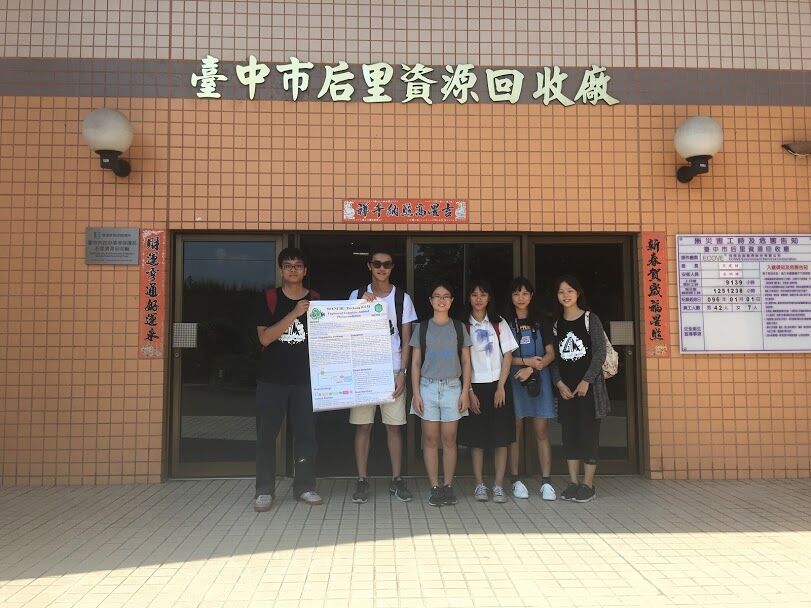| Line 9: | Line 9: | ||
to have a clear sight about all the Vietnamese hiding in the forest. However, the residual dioxin caused severe | to have a clear sight about all the Vietnamese hiding in the forest. However, the residual dioxin caused severe | ||
gene mutations on the progeny of victims that survived after the war.</p> | gene mutations on the progeny of victims that survived after the war.</p> | ||
| − | <p>In order to know the adverse effect of dioxin on the victims | + | <p>In order to know the adverse effect of dioxin on the victims, we went to Vietnam in person. This is how we |
get the idea of our project, using microorganism and further applied by technique of phytoremediation to break | get the idea of our project, using microorganism and further applied by technique of phytoremediation to break | ||
down dioxin in large dioxin-contaminated area. We believe that with this new strategy, we can provide the producing | down dioxin in large dioxin-contaminated area. We believe that with this new strategy, we can provide the producing | ||
Latest revision as of 01:36, 17 October 2018
During Vietnam War, herbicide, agent orange, which contains dioxin, was spread over in Vietnam for American army to have a clear sight about all the Vietnamese hiding in the forest. However, the residual dioxin caused severe gene mutations on the progeny of victims that survived after the war.
In order to know the adverse effect of dioxin on the victims, we went to Vietnam in person. This is how we get the idea of our project, using microorganism and further applied by technique of phytoremediation to break down dioxin in large dioxin-contaminated area. We believe that with this new strategy, we can provide the producing companies an eco-friendly way to break down dioxin and bring a better future to human beings.

Human Practice
Besides doing our project, bringing knowledge of synthetic biology and iGEM to the society is also important to us, that is, “go beyond the lab”. By reaching out to the public, we communicated and discussed with them about what we can bring to the society and get feedback to make our project meets the needs of the public at the same time.


In order to improve our experiment part, we visited several government agencies, private enterprise, and experts related to our project. By discussing with them, we are able to apply the knowledge with greater points of view.
Concluded from the visits, we found that heat method, burning down dioxin with high temperature, is the major application in industries while microorganism method is rarely used due to the uncertainty and technique limitation of application. More research needs to be done before the method can be widely utilized. However, once it is being used, numerous advantages is sure to be obtained. Since both the agencies mentioned above are eagerly looking forward to our result, it is our later work to collaborate with agencies and bring our result out the lab to engineered-applied field.


It is always great to have communication with other teams all over the world. By sharing ideas, discussing with each other, better approach often came up. Particularly, it is our pleasure to hold 2018 Asia-Pacific Conference and get to meet other teams in Taiwan, China, and Japan.
For the purpose of getting to know how this highly toxic compound, dioxin, could affect human lives, we went to Vietnam in person. This is where we get the idea of doing our project, using microorganism and further applied by technique of phytoremediation to break down dioxin.


Since dioxin degradation is closely related to the environment, we hope that our project can bring something good to our living planet. After visiting some agencies, we got affirmation on the application of our project from them and it will surely benefit to the environment.

